Description
3BHB010662R0250 Электрический фильтр ABB
In the Internet of Things era, look at the IOT strategic deployment of the “four major families” of industrial robots
When we talk about Industry 4.0 or smart manufacturing, we cannot help but mention the “four major families” of robots – KUKA, ABB, FANUC, and Yaskawa,
because as the industrial robot companies with the highest level of intelligence at present, they are in the industry They have important influence. In the era of the
Internet of Things, what are these four major families doing?
As a relatively mature product, industrial robots are difficult to judge from the perspective of ordinary users. Especially in today”s era, it is impossible to create a
generational gap through technology.
Just like when someone asks about the advantages and disadvantages of the car-making technologies of Mercedes-Benz and BMW, all I can say is, “It doesn”t matter
if you ride in a Mercedes-Benz or drive a BMW.” Comparing industrial robots to car-making, most of the key technologies used in car-making must be shared by Mercedes-Benz
and BMW. The differences in other “marketing technologies” will not affect the technological competition pattern.
So what will industrial robot manufacturers mainly rely on to widen the gap in the future? There is only one answer, the Internet of Things strategy. Without realizing it,
KUKA, ABB, FANUC, and Yaskawa, the four major industrial robot giants, have already been stationed in the field of Internet of Things and are ready to go.
KUKA(Midea)
On December 30, 2016, Midea Group’s tender offer for the shares of Germany’s KUKA Group (KUKA), the world’s leading provider of intelligent automation solutions,
through MECCA InternaTIonal (BVI) Limited, has received approval from all relevant regulatory authorities.
At the annual meeting of Midea Group on January 12, 2017, Fang Hongbo, Chairman of Midea Group, emphasized the industrial significance of Midea’s acquisition
of KUKA: In the future, Midea will build a second industrial segment besides the home appliance industry, namely the robotics and industrial automation industry segment. This is The new growth point of beauty.
The annual meeting invited KUKA CEO TIll Reuter, who has just entered the Midea system, to give a speech. When explaining the core strategic goals for the future,
Reuter mentioned the two concepts of “intelligent machines” and “digital areas”, which are the two concepts that run through the Internet of Things technology in the company”s business:
Intelligent machines: Among the industrial robots manufactured by KUKA, they are equivalent to advanced robots with both autonomy and mobility. Soon a large number
of industrial robots will “step out of the work cage that is isolated from humans” and begin to work closely with humans, further improving their flexibility. Reuter said that as
industrial robots continue to develop, smart machines with better autonomy and mobility will emerge.
Digital area: It is a solution that combines the knowledge related to production processes of various industries that KUKA has cultivated in the past with the
most cutting-edge IT. Reuter said: “We are familiar with the production processes of products such as cars and aircraft. We want to connect our technical experience with IT to provide
customers with intelligent systems.” Reuter said that by optimizing intelligent systems, that is, complex systems based on big data analysis, reducing downtime
and predictive maintenance of various production systems, new business models can be created and a highly integrated value chain can be built.
According to IFR data, in the field of automobile manufacturing, KUKA robots have the largest market share in the world. We might as well start with the automotive industry
and show you how KUKA uses the “Internet of Things box” to construct the Jeep Wrangler”s body-in-white workshop into an IIoT (Industrial Internet of Things) factory.
MPL-B330P-SJ24AA high quality permanent magnet rotating servo motor
2094-BC04-M03-S Kinetix 6000 Drive system module
NETA-01 Ethernet adapter module ABB
NTAC-02 Pulse encoder interface module
CLS204-APP-RS WATLOW ANAFAZE temperature controller
Ys1700-120 /A02 YS1700 programmable indicating controller
LSU-113DG Load distribution device
TM3TI4G analog input module
9200-06-01-10-00 speed sensor bently
CP435T-ETH Control Panel 7″ TFT touch screen
330447-10-00 Probe of hydraulic stator end winding accelerometer
330446-01-02-00 Hydraulic stator end winding acceleration sensor
PXIE-7975 PXI FPGA module for FlexRIO
330500-00-00 Velomitor piezoelectric speed sensor
E69P-BI1V-S signal converter
E69F-B12-S Field installed current-pneumatic converter
330980-71-05 Proximity sensor
330901-00-40-10-02-05 3300 NSv approach probe
330930-060-01-05 Bentley extension cable
DMC-4143 Galil Motion Controller
3500/44-01-00 Aero GT I/O module with internal terminal
170180-01-05 Onsite monitoring external sensor I/O module
CP2919-0010 beckhoff Multi-touch built-in control panel
330101-00-12-10-02-05 Approach detector
330130-080-00-05 3300 XL standard extension cable
IC695PSD040 Power module
IC695ALG628 Simulates the input module IC695ALG728
SEC401-51 ESB bus coupler module
PW482-50 Power module
ANB10D-425/CU2N ESB bus node unit
ANB10D-425/CU2T ESB bus node unit
ADV151-P63/D5A00 Digital input module
ADV551-P63/D5A00 Digital output module
AAI543-H53/K4A00 Analog output module
AAI141-H53/K4A00 AAI141 Analog I/O module
AFV30D-S41252/HKU duplex field control unit Yokogawa
6SL3120-2TE21-0AD0 Dual motor module
EL5101 BECKHOFF EtherCAT Terminal 1 channel encoder interface
EL1104 BECKHOFF EtherCAT terminal 4-channel digital input
MS20-1600SAAEHC Ethernet/Fast Ethernet switch
EL3002 BECKHOFF EtherCAT Terminal 2-channel analog input
SH055/80009/0/0/00/00/00/00/00 servo motor ELAU
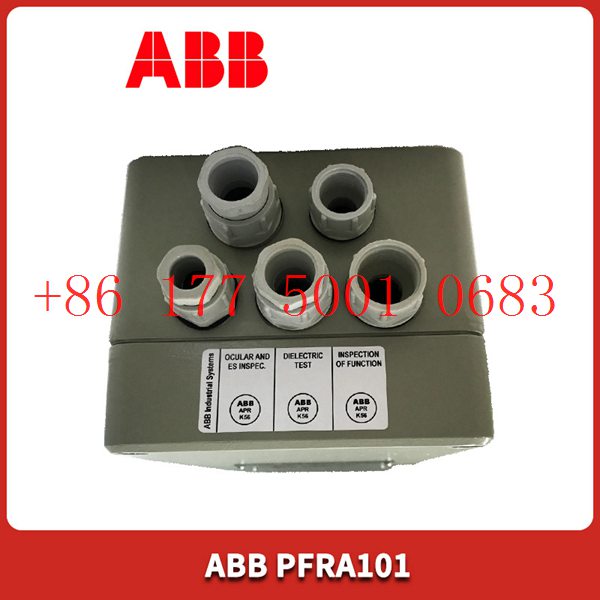
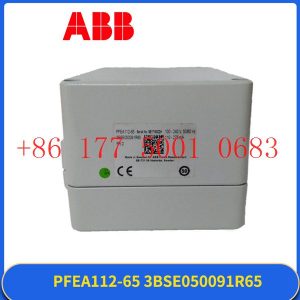
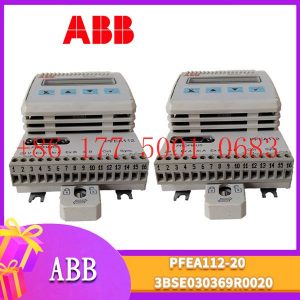
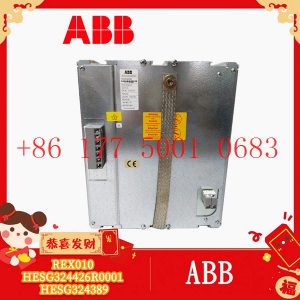
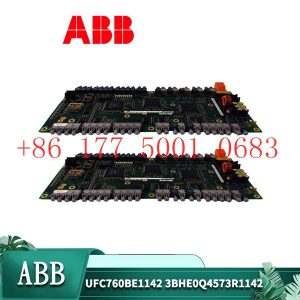




Reviews
There are no reviews yet.